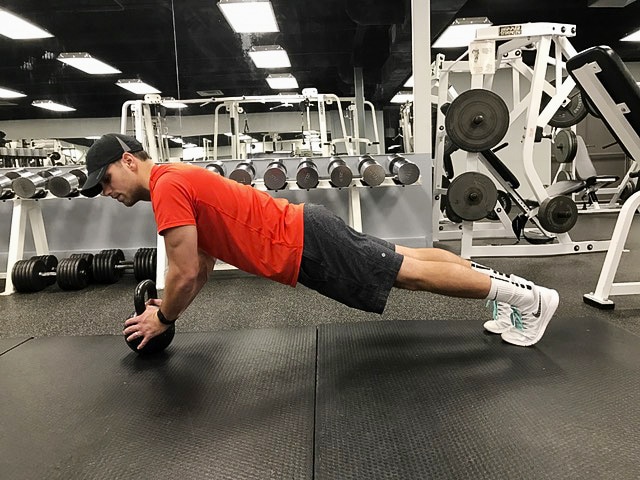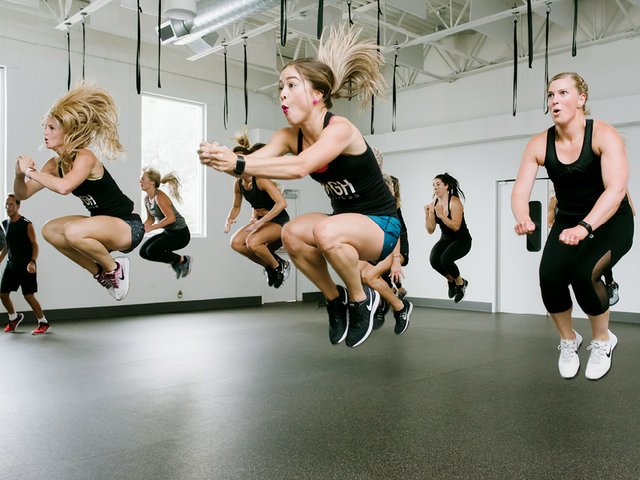Strengthen diver self-confidence and skills through physical fitness.
Diving is a good example of a lifelong sport that people of all ages enjoy. The seemingly natural strength, mobility and resistance of youth can diminish with age and make activities more strenuous. The good news is that special fitness programmes can slow down, and in some cases reverse, age-related performance loss (Macaluso and De Vito, 2004). Physical strength and endurance are two of the five basic elements of fitness. Cardiovascular endurance, physique and flexibility are the other elements. All five areas should be included in a well-balanced fitness program. The purpose of this article is to establish a direct link between physical fitness and diving and give a few practical examples of how you can maintain or improve your diving skills.
If you are physically fit, any activity, including diving, will be easier for you. A better fitness prepares you better for the often different demands of the changing diving conditions. A better physical fitness increases your independence and can increase and justify your confidence in your diving skills. When creating a strength training program, you should consider three key elements: gradually increasing stress, development, and rest. By considering each of these components equally, you can set up a safe and effective training program.
Increasing stress is a condition in which muscles are stressed beyond their current capacity. Increasing stress is achieved by incorporating a weight or resistance during exercise. The body gets used to these changes relatively quickly, so the load must be adjusted to the increased force to maintain the effect. This is called gradually increasing stress. Approach gradually increasing load cautiously. It is not uncommon for people to demand too much of themselves too early in their weight training and to suffer excessive muscle soreness or even injuries as a result. Such results discourage many people and they give up training altogether. Lifestyle changes should be gradual and consistent. An adequate increase in exercise increases the desired results and reduces the risk of injury.
The form refers to the fact that the training has the greatest effect on the muscle groups and movements that are actively involved in the exercise. Although there is some overarching effect, the greatest improvements are seen in the exercises trained. For example, running improves a runner’s overall fitness, but his or her performance is best seen in running. Therefore, divers should train the muscles they need most to dive. These are the back, leg, arm and abdominal muscles. Rest is an important part of strength training. It gives the body time to recover and optimizes muscle reshaping. You should avoid training the same muscle group on consecutive days or when they feel sore. One option for those who want to train every day is to train the upper body one day and the lower body the next. If you skip the rest period, your body will not take full advantage of your program and it can lead to overexertion injuries and setbacks.

Guidelines
Strength training guidelines depend on the individual’s level of fitness and experience. Before starting the training program, you should undergo a medical examination. The American College of Sports Medicine (ACSM) (U.S. American College for Sports Medicine) recommends (healthy adults without contra-indicators against sports) a training program of eight to ten exercises for the main muscle groups: Arms, shoulders, chest, abdomen, legs, and back (ACSM Guidelines, 2001). These exercises should be performed two to three times a week.
Resistance (weight) refers to any type of exercise that places additional strain on the muscles. Push-ups or pull-ups are examples of resistance caused by one’s own body weight. Each exercise and the associated resistance should be chosen so that a maximum of eight to 12 repetitions are possible before fatigue occurs. To build physical strength, more weight is usually combined with relatively few repetitions (6-8). To improve endurance, you should use less weight and do more repetitions (12-15). It is advisable to start with a weight that makes 12 or more repetitions possible to build a good base.
Any training sequence usually contains three ’rounds’ of a certain number of repetitions; after each round, a rest period should be taken for the muscle group just trained. The number of repetitions and the resistance should be regularly adjusted to the fitness level. In the beginning you should use relatively little resistance while learning to do the exercise correctly. You should be able to complete the desired number of repetitions and laps without excessive effort or discomfort. The optimal resistance varies from person to person and from exercise to exercise. The resistance should allow you to perform the desired number of repetitions, but still be challenging. Unexplained drops in performance at a certain resistance can indicate overexertion. Be aware of your body and its rhythms as you train and include them in your plan. Visit adamkempfitness.com for more fitness and workout updates.








